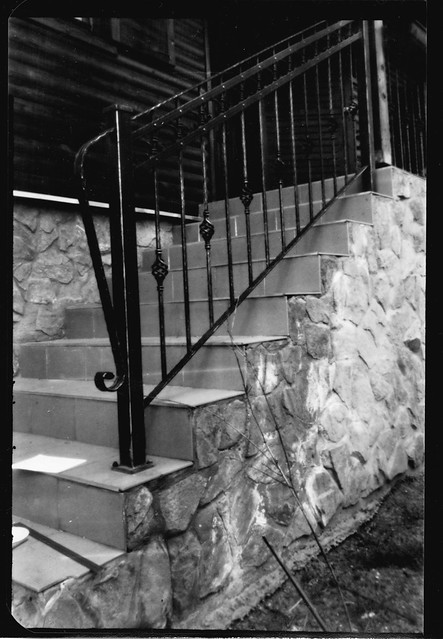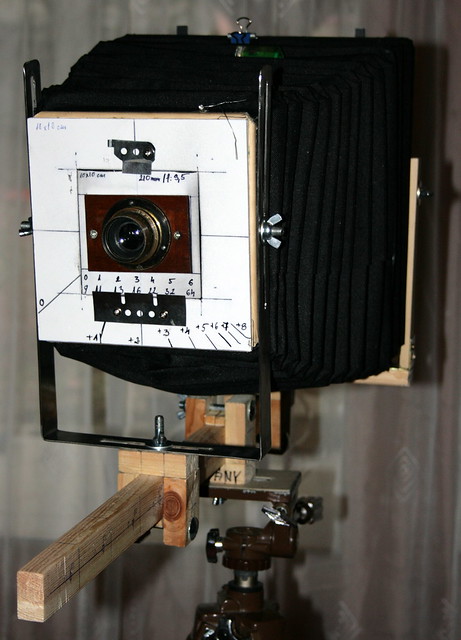
Originally Posted by
StoneNYC

In terms of what x-ray film is designed for the reason that there are two sides is specifically to allow for less x-ray exposure to be needed in order to expose the same image, so the double density helps to reduce the amount of x-ray radiation that is needed in order to get a decent x-ray.
That said, when using it for normal light photography use, basically I assume the same thing applies however, I specifically plan to remove one side of the emulsion, so the density is a little thicker to begin with then it should be and stripping one side gives me the proper density for my work.
There are two things to keep in mind, one thing is that most people when shooting such large film or not enlarging it, they are simply contact printing, so "clarity" isn't ass necessary, however if you're cutting it down down or enlarging it in some way, then you'll want the image to be sharp, so it's best if you face the film toward the light, and then strip the "back side" because that second layer has had light passing through the base material and scattering the light ever so slightly, this COULD cause fuzzy edges when enlarging.
So I guess it depends on what you want to get out of the film really.
Sorry if that was a scattered thought, I hope it was sort of clear.




 Reply With Quote
Reply With Quote







Bookmarks